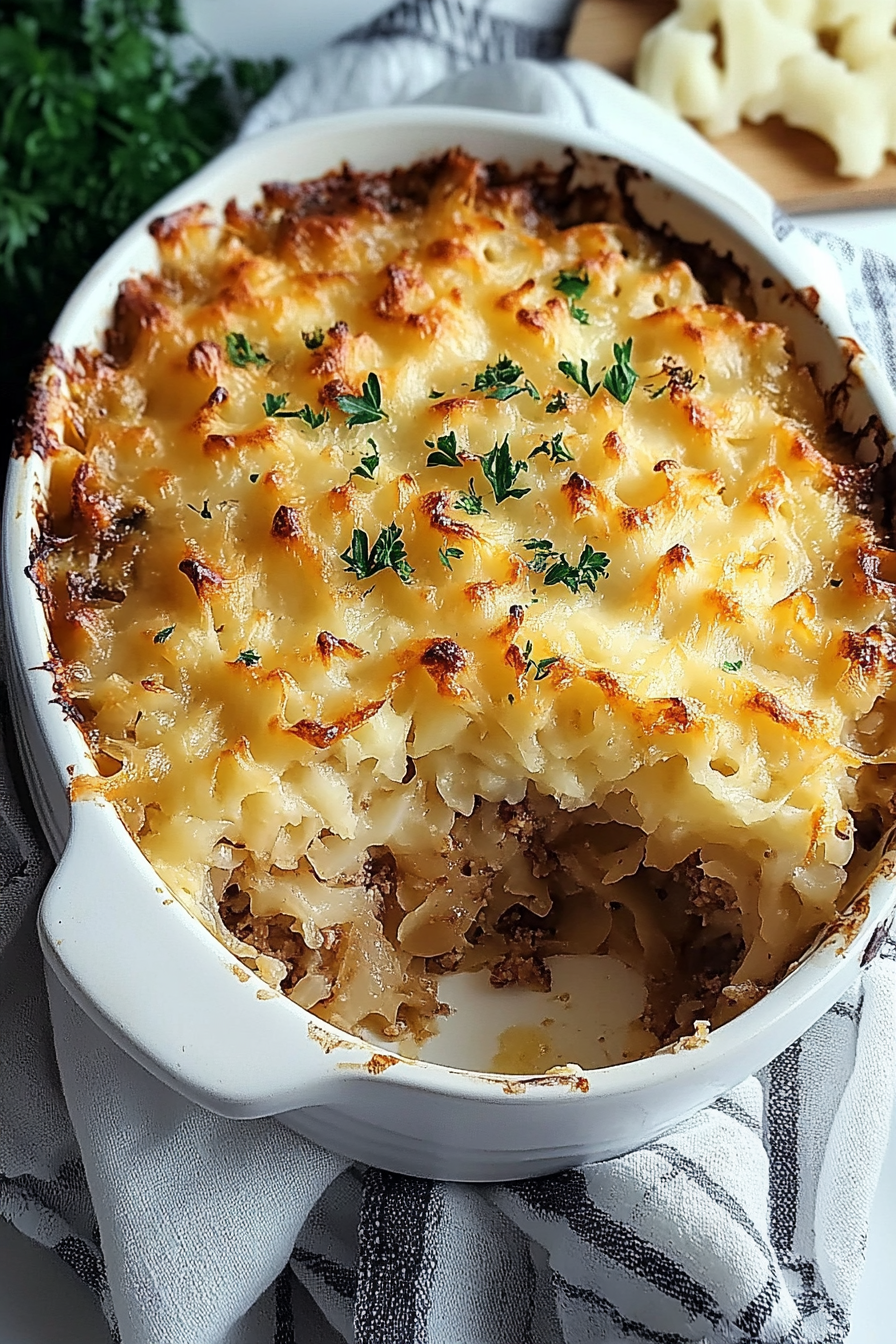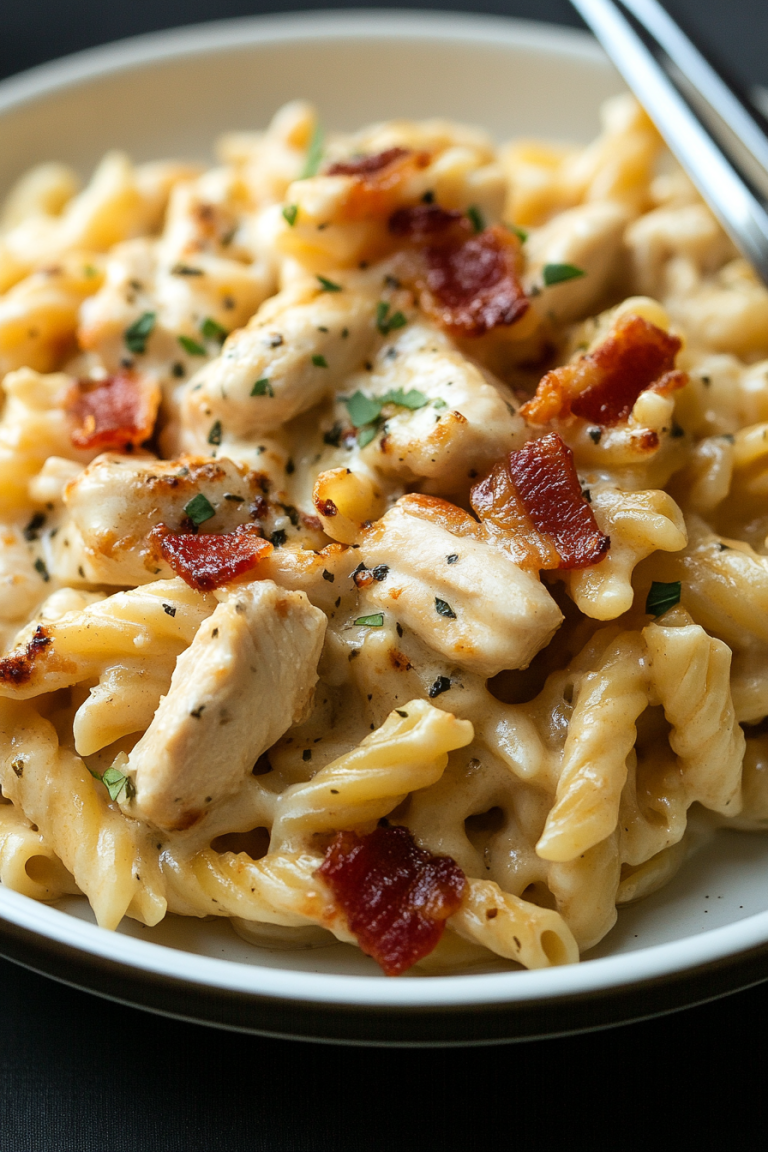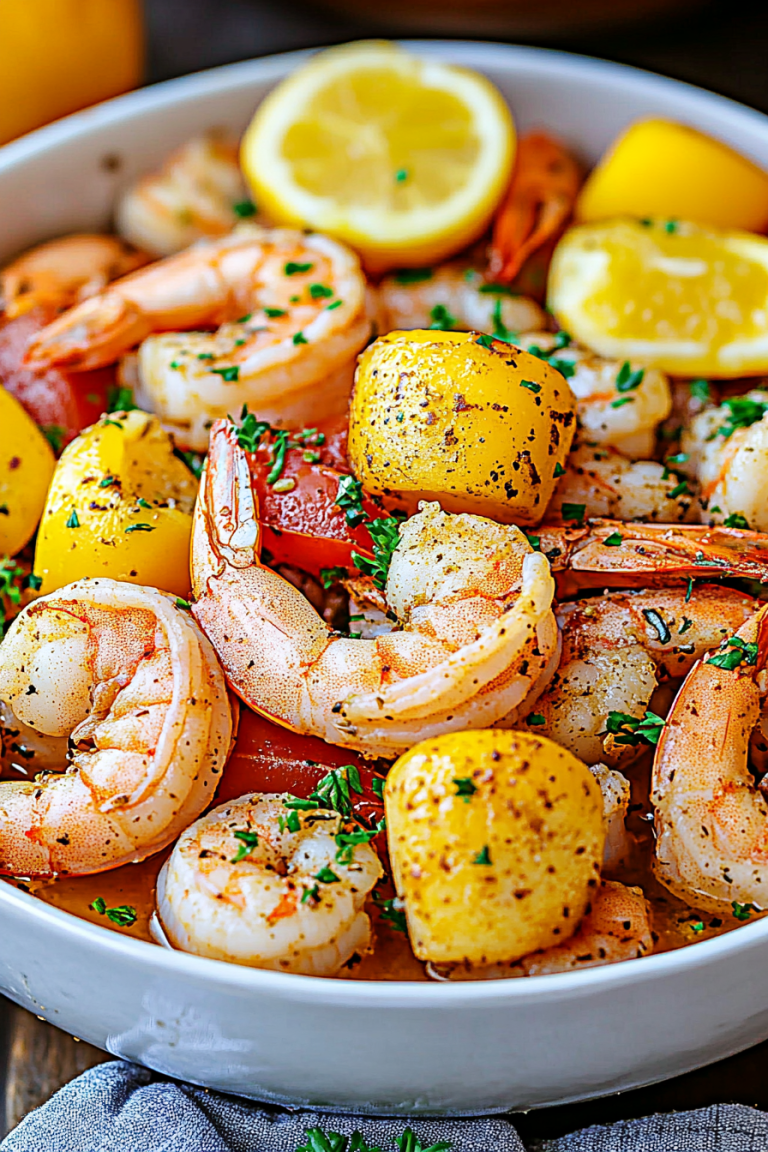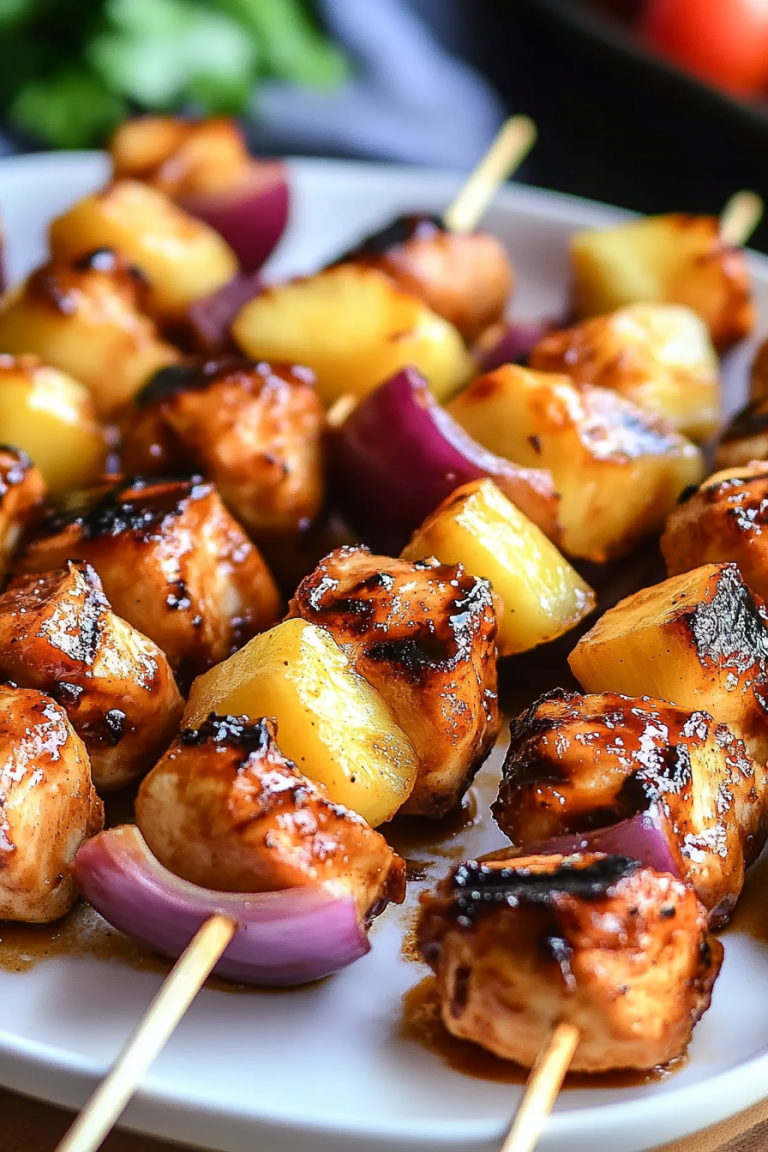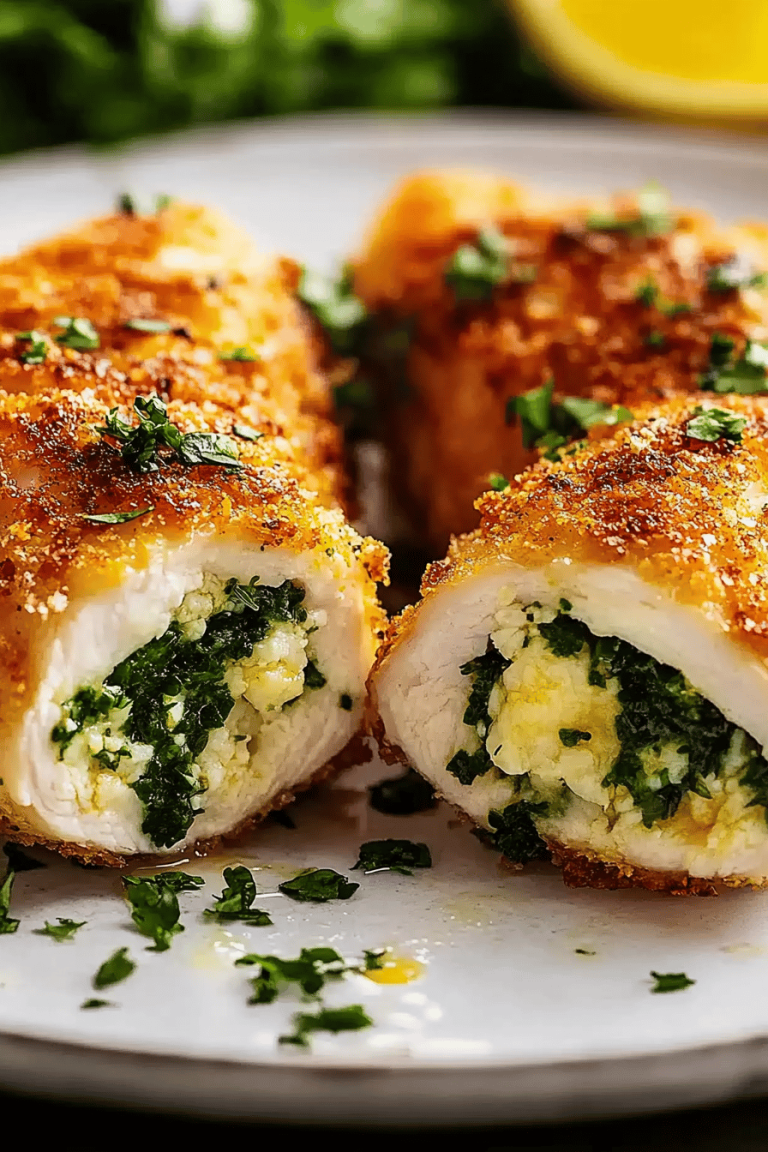Oh, this sauerkraut casserole! It’s one of those dishes that just feels like a warm hug on a plate. I remember my grandma making something similar when I was little, though hers was a bit more… rustic. This version is my perfected, tried-and-true recipe that my whole family devours. It’s got that perfect balance of tangy and savory, with a creamy richness that just makes you happy. Honestly, if you’ve ever made a classic Tuna Noodle Casserole but wished it had a bit more zest and a lot more depth, you’re going to fall head over heels for this. It’s become my go-to for potlucks, busy weeknights, and even those lazy Sunday afternoons when you just need something incredibly satisfying. This sauerkraut casserole is pure comfort, and I can’t wait to share it with you!
What is sauerkraut casserole?
So, what exactly is this magical dish? Think of it as a deeply satisfying baked casserole where the star ingredient is sauerkraut, lending its unique tangy, fermented flavor to the whole ensemble. It’s not just about the sauerkraut, though! We’re talking about tender noodles, a creamy, savory sauce, and often, some delicious protein mixed in – usually sausage or ground meat, though I have some vegetarian twists I’ll share too. It’s essentially a symphony of comforting textures and robust flavors baked until golden and bubbly. The name itself might sound a little intimidating to some, especially if they’re not big on sauerkraut, but trust me, when it’s baked into a casserole like this, it transforms into something truly special. It’s less about a raw, sharp bite and more about a mellow, deeply satisfying tang that cuts through the richness beautifully. It’s homestyle cooking at its finest, a true testament to how humble ingredients can create something extraordinary.
Why you’ll love this recipe?
There are so many reasons why this sauerkraut casserole has earned a permanent spot in my recipe rotation, and I just know you’re going to feel the same way. First off, the **flavor** is out of this world. That tangy sauerkraut isn’t just a filler; it’s the backbone that gives the entire dish its signature personality. It cuts through the richness of the creamy sauce and pairs perfectly with savory meats or vegetables, creating a flavor profile that’s both complex and incredibly comforting. It’s like a flavor party in your mouth, but in the most satisfying, cozy way possible. Then there’s the **simplicity**. Seriously, this is a lifesaver on busy nights. You can throw it together in under 30 minutes, and then it just does its magic in the oven while you relax or tackle other things. No fancy techniques, no obscure ingredients – just good old-fashioned, straightforward cooking. And let’s talk **cost-efficiency**. Sauerkraut itself is incredibly budget-friendly, and the other staples like pasta, cream soup (or my homemade sauce base!), and common meats or veggies make this a meal that won’t break the bank. It’s the kind of dish that feeds a crowd without emptying your wallet. Plus, it’s wonderfully **versatile**. I’ve made this with kielbasa, Ground Beef, even shredded chicken, and it’s always a hit. For a vegetarian option, mushrooms and extra veggies work like a charm. You can really tailor it to what you have on hand or what your family is craving. What I love most about this particular sauerkraut casserole is that it’s familiar yet exciting. It’s got that nostalgic, hearty feel of a classic casserole but with a punch of flavor that makes it feel modern and special. It’s truly a crowd-pleaser, and I’ve never had anyone turn down a second helping!
How do I make [Recipe Name]?
Quick Overview
This sauerkraut casserole is all about layering simple, delicious components into a comforting baked dish. We’ll start by getting our pasta ready, then create a luscious, savory sauce that’s infused with tangy sauerkraut and your choice of protein. Everything gets combined, topped with a little something extra for crunch (optional, but recommended!), and baked until it’s bubbly and golden brown. The beauty of this method is how easily it comes together, making it perfect for even the most novice cooks or those juggling a million things. You’ll be amazed at how such a simple process yields such incredibly deep flavor.
Ingredients
For the main casserole base:
1 pound egg noodles, cooked al dente according to package directions
1 tablespoon olive oil
1 pound kielbasa sausage, sliced into ½-inch rounds (or Ground Beef/pork, browned and drained)
1 medium onion, finely chopped
2 cloves garlic, minced
1 (16 ounce) can sauerkraut, drained well and roughly chopped
1 (10.5 ounce) can condensed cream of mushroom soup (or use my homemade sauce tip below!)
½ cup sour cream
¼ cup milk (or unsweetened almond milk for extra creaminess!)
1 teaspoon Dijon mustard
½ teaspoon black pepper
Salt to taste (go easy, the kielbasa and sauerkraut are salty!)
1 cup shredded cheddar cheese (for topping)
For the Homemade Creamy Sauce (Optional, but Highly Recommended!):
2 tablespoons butter
2 tablespoons all-purpose flour
1 ½ cups milk (or a mix of milk and broth)
Salt and white pepper to taste
Step-by-Step Instructions
Step 1: Preheat & Prep Pan
First things first, let’s get our oven preheating to 375°F (190°C). While that’s warming up, grab a 9×13 inch baking dish. I like to give mine a quick spray of cooking spray or a light smear of butter just to make sure nothing sticks, though it’s usually not strictly necessary with this dish. Make sure your sauerkraut is well-drained – this is a crucial step! Squeeze out as much liquid as you possibly can. I usually plop it in a fine-mesh sieve and press down with a spoon or even my hands. Give it a rough chop if the strands are too long, so it integrates nicely into the casserole.
Step 2: Mix Dry Ingredients
This step is more about preparing your components than mixing dry ingredients in the traditional sense for this recipe. You’ve already cooked your pasta al dente, which is perfect. If you’re using kielbasa, slice it up. If you’re using ground meat, make sure it’s browned and drained really well. Chop your onion and mince your garlic. Having all these prepped and ready makes the assembly process super smooth and fast. It’s like having your little kitchen mise en place all set up!
Step 3: Mix Wet Ingredients (Sauce Time!)
Okay, here’s where we build that glorious, creamy sauce. If you’re using the condensed soup, you’ll just be combining it with other wet ingredients later. But if you’re going for my homemade sauce (which I highly recommend for superior flavor and texture!), melt 2 tablespoons of butter in a saucepan over medium heat. Whisk in 2 tablespoons of flour and cook for about a minute until it forms a paste, a roux. Gradually whisk in 1 ½ cups of milk (or milk and broth for more depth), whisking constantly to avoid lumps. Bring it to a simmer, letting it thicken. Season with salt and white pepper to your taste. This homemade sauce is so much better than opening a can, I promise!
Step 4: Combine
Now for the fun part – bringing it all together! In a large bowl, add your cooked and drained egg noodles. Then, add the drained sauerkraut, the sautéed onion and garlic (I like to quickly sauté these in a tablespoon of olive oil until softened, about 5 minutes, for better flavor), your browned sausage or meat, the condensed cream of mushroom soup (or your glorious homemade sauce), sour cream, milk, Dijon mustard, and black pepper. Stir everything gently until it’s all well combined. Taste it and add a pinch of salt if needed, but remember that kielbasa and sauerkraut are already salty. You want a good, even coating of the sauce on everything.
Step 5: Prepare Filling
For this sauerkraut casserole, the “filling” is essentially the mixture you just created in the bowl! The kielbasa (or ground meat) is the savory protein element, the sauerkraut provides that signature tang, and the creamy sauce binds it all together. If you want to add more to your filling, this is the stage where you could stir in some cooked peas, corn, or even a handful of chopped fresh parsley for brightness. I’ve even tossed in some diced cooked potatoes once, and it was surprisingly delicious!
Step 6: Layer & Swirl
Pour the entire mixture from the bowl into your prepared 9×13 inch baking dish. Spread it out evenly with a spatula. Now, for that irresistible golden topping, sprinkle the shredded cheddar cheese all over the top. If you like a little crunch, I sometimes mix some panko breadcrumbs with a tablespoon of melted butter and sprinkle that over the cheese. It’s totally optional but adds a lovely texture contrast to the creamy casserole beneath.
Step 7: Bake
Pop that baking dish into your preheated oven at 375°F (190°C). Bake for about 25-30 minutes, or until the casserole is heated through, bubbly around the edges, and the cheese on top is melted and starting to turn a lovely golden brown. If you added the breadcrumb topping, bake until that’s golden too. I usually check it around the 25-minute mark to make sure it’s not getting too brown on top. If it is, you can always loosely tent it with foil for the last 10 minutes.
Step 8: Cool & Glaze
Once it’s out of the oven, resist the urge to dive in immediately! Let it sit for about 5-10 minutes. This allows the casserole to set up a bit, so it’s easier to slice and serve without it falling apart. There’s no glaze in the traditional sense for this dish, but the melted cheese on top acts as its own delicious finish. Some people like to dollop a bit more sour cream or a drizzle of hot sauce on top when serving, but I find it perfect just as it is.
Step 9: Slice & Serve
After that short resting period, slice your sauerkraut casserole into generous squares. Serve it up hot! It’s a hearty, complete meal on its own, but it also pairs wonderfully with a simple side salad or some crusty bread. The aroma when you bring this to the table is just incredible – savory, tangy, and so comforting.
What to Serve It With
This sauerkraut casserole is practically a meal in itself, but if you’re looking to round out your spread, here are some of my favorite pairings. For a hearty **Breakfast**, imagine serving a smaller portion alongside some scrambled eggs and crispy bacon. It’s a surprisingly satisfying way to start the day, especially on a chilly morning. It feels decadent but also grounding. When it comes to **Brunch**, I love to elevate it slightly. Serve it in smaller ramekins for an elegant presentation, perhaps with a sprinkle of fresh chives or parsley on top. Pair it with mimosas or a good cup of coffee for a truly festive feel. As a **Dessert**? Well, not *for* dessert, but as a rich main course for a special meal! For an after-dinner styling, think of it as the star of a comfort food feast. It pairs beautifully with a crisp, lightly dressed green salad to provide a refreshing contrast to the casserole’s richness. For **Cozy Snacks**, this is perfect! Cut it into smaller squares or even strips and serve it as a substantial snack, maybe with a side of a tangy mustard dip or some pickles. It’s ideal for game nights or just a cozy evening in. My family has a tradition of having this on New Year‘s Day for good luck and a hearty start to the year. We always serve it with a big bowl of applesauce on the side – the sweetness of the applesauce is a wonderful counterpoint to the sauerkraut’s tang. Another tested combination that’s always a winner is serving it with some steamed green beans or broccoli.
Top Tips for Perfecting Your Sauerkraut Casserole
I’ve made this sauerkraut casserole more times than I can count, and over the years, I’ve picked up a few tricks that make it even better. For the **Sauerkraut Prep**, the most important thing is draining it thoroughly. I can’t stress this enough! If it’s too wet, your casserole can become watery, and that tangy flavor won’t concentrate properly. Squeeze it with your hands or press it well in a sieve. Don’t be afraid to give it a rough chop if the pieces are too long; smaller bits distribute the flavor more evenly. When it comes to **Mixing Advice**, the key is to avoid overmixing once everything is combined. You’ve already cooked your noodles, so you just want to gently coat everything with the sauce. Overmixing can make the noodles mushy. Use a large bowl so you have plenty of room to work without smashing the ingredients. Make sure your protein is cooked and drained well before adding it. For **Swirl Customization**, while this recipe isn’t typically swirled in the traditional sense, you can add texture and visual appeal. If you’re using ground meat, browning it with some paprika or a pinch of cayenne can add a lovely color. I also love topping it with a mix of cheddar and Gruyere cheese for a richer flavor and beautiful melt. For **Ingredient Swaps**, this is where the fun really happens! Don’t have kielbasa? Any smoked sausage will do. Ground pork or turkey are also great options. If you’re not a fan of cream of mushroom soup, a cream of chicken or celery soup works in a pinch, or better yet, use that homemade sauce I mentioned! For the noodles, wide egg noodles are classic, but penne, rotini, or even small elbow macaroni can work. I’ve even tried it with leftover cooked potatoes instead of noodles in a pinch, and it was surprisingly good! For **Baking Tips**, make sure your oven is properly preheated. Placing the casserole on the middle rack usually ensures even cooking. If your cheese is browning too quickly, tenting it loosely with foil is a lifesaver. I usually bake it until it’s bubbly around the edges, which is a good indicator that it’s heated through. If you’re making it ahead, you can assemble it and then bake it, adding a few extra minutes to the baking time if it’s coming straight from the fridge. For **Glaze Variations**, while there isn’t a traditional glaze here, you can jazz up the topping. A mix of cheeses, a sprinkle of panko breadcrumbs tossed with melted butter, or even a dusting of smoked paprika before baking adds extra flair and flavor. I’ve also seen some people top it with crushed potato chips for an extra crispy, salty crunch, which sounds wild but I bet it’s delicious!
Storing and Reheating Tips
This sauerkraut casserole is wonderful for meal prep, as it holds up beautifully and tastes just as good, if not better, the next day. For **Room Temperature** storage, I wouldn’t leave it out for more than two hours, as it contains dairy and meat. Once it’s cooled down a bit, cover it tightly with plastic wrap or foil, or transfer it to an airtight container. It’s usually best to refrigerate it if you’re not going to eat it all within that timeframe. For **Refrigerator Storage**, once cooled, place the casserole in an airtight container or cover the baking dish tightly. It should stay fresh in the fridge for up to 3-4 days. The flavors actually meld together even more, making it incredibly delicious on day two! Make sure it’s properly sealed to prevent it from drying out or absorbing other odors from the fridge. For **Freezer Instructions**, this casserole freezes exceptionally well, making it a true freezer meal hero. Let the baked casserole cool completely, then cover it tightly with plastic wrap, followed by a layer of aluminum foil, or transfer it to a freezer-safe airtight container. It can be stored in the freezer for up to 2-3 months. To thaw, transfer it to the refrigerator overnight. For **Glaze Timing Advice**, since our “glaze” is the cheese topping, it’s best to bake the casserole before freezing. If you freeze unbaked casserole, the topping might not turn out as well. Once thawed and ready to reheat, you can add a fresh layer of cheese on top before baking to ensure it’s perfectly golden and melty.
Frequently Asked Questions
Final Thoughts
So there you have it – my ultimate sauerkraut casserole! It’s a dish that brings so much joy to my table, and I truly hope it does the same for yours. It’s more than just a recipe; it’s a feeling of warmth, comfort, and delicious satisfaction. The way the tangy sauerkraut dances with the creamy sauce and savory meat is just pure magic, and it’s so incredibly easy to whip up. If you’re looking for that perfect dish that’s both comforting and flavorful, this is it. It’s budget-friendly, family-approved, and versatile enough to become a staple in your own kitchen. I encourage you to give it a try, especially if you’ve been a little hesitant about sauerkraut – I promise it shines in this dish! If you love hearty, comforting casseroles, you might also want to explore my recipe for Chicken Pot Pie Casserole or my Classic Shepherd’s Pie. I can’t wait to hear what you think, so please leave a comment below with your thoughts, any variations you tried, or even your own sauerkraut casserole memories! Happy baking, and enjoy every single comforting bite!
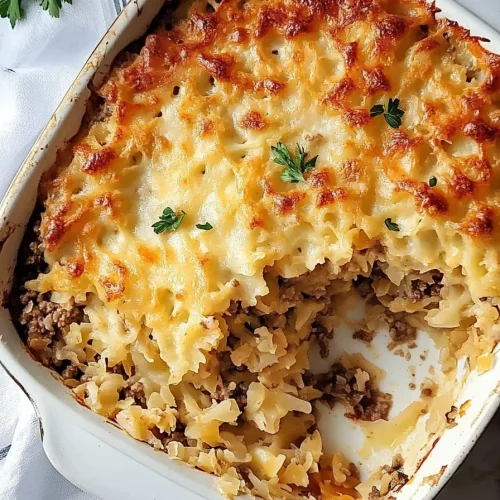
Sauerkraut Casserole
Ingredients
Main Ingredients
- 0.45 pound Polish sausage sliced
- 1 cup sauerkraut drained and rinsed
- 0.5 cup sour cream
- 0.25 cup onion chopped
- 0.5 teaspoon caraway seeds
- 0.5 teaspoon black pepper
Potato Topping
- 0.45 pound potatoes thinly sliced
- 0.25 cup shredded cheddar cheese
- 1 tablespoon butter
Instructions
Preparation Steps
- Preheat oven to 375°F (190°C).
- In a large bowl, combine the sliced Polish sausage, sauerkraut, sour cream, chopped onion, caraway seeds, and black pepper. Mix well.
- Spread the mixture evenly into a greased 8x8 inch baking dish.
- Arrange the thinly sliced potatoes over the sauerkraut mixture.
- Dot the top of the potatoes with butter and sprinkle with shredded cheddar cheese.
- Cover the baking dish with foil and bake for 30 minutes.
- Remove the foil and bake for another 15 minutes, or until the potatoes are tender and the cheese is melted and bubbly.
- Let stand for 5 minutes before serving.

